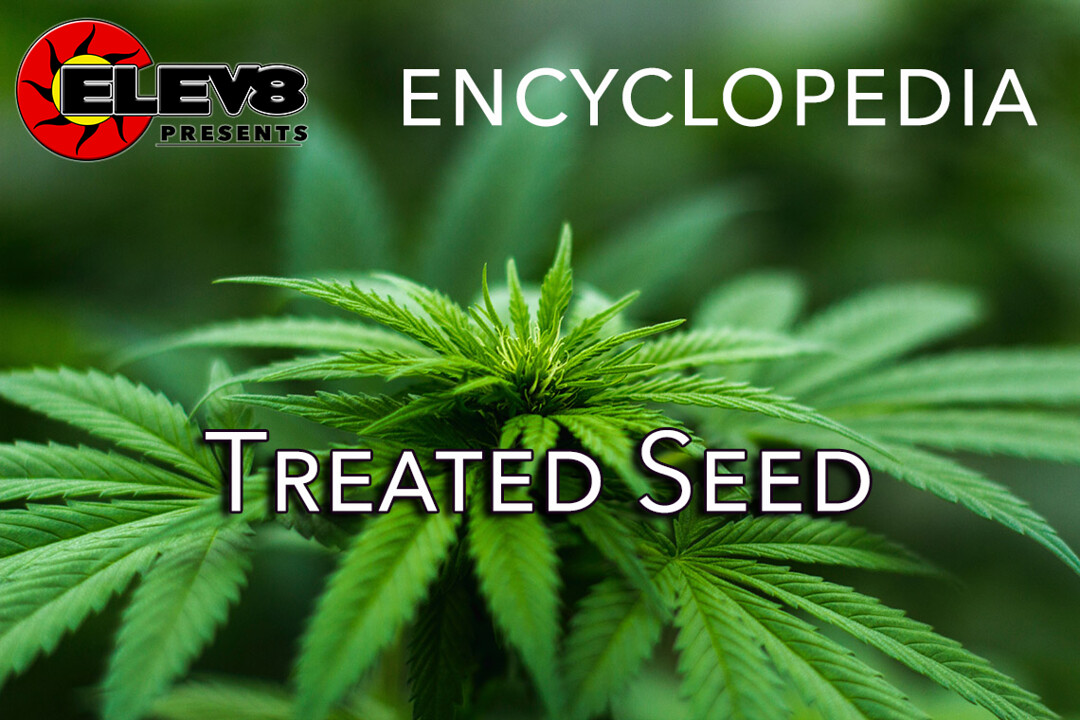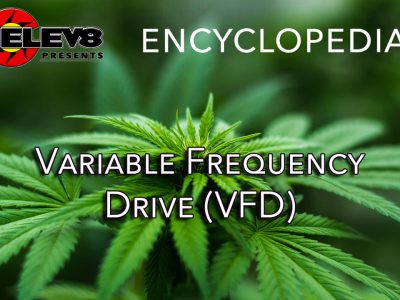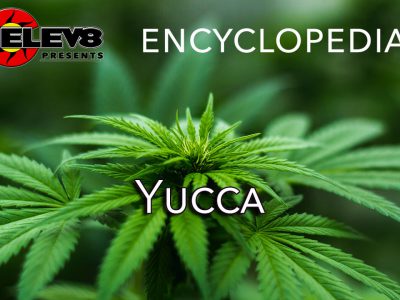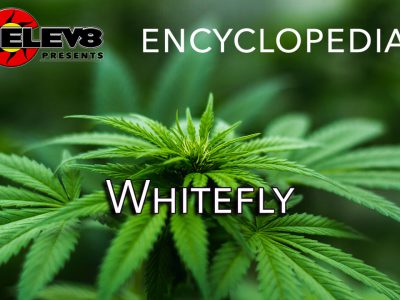What does Treated Seed mean?
Treated seed refers to seeds that have been treated with some sort of chemical prior to planting. The treatment is for the farmer’s advantage.
In agriculture and horticulture, seed treatment is also known as seed dressing. It is a chemical, typically antimicrobial or fungicidal, with which seeds are treated (or “dressed”) prior to planting.
Seed treatments can be a more environmentally friendly way of using pesticides and insecticides, as the amounts of the products used can be very small. It is common practice to add color to make treated seeds less attractive to birds, as well as to make them easier to see and clean up in the case of an accidental spillage.
More Info On Treated Seed
There are various different advantages to treating seeds, such as the fact that treating seeds can lead to a higher yield of crops. This mainly depends on the crop conditions and type of treatment. Some products can help optimize yields by allowing the seeds to be more accurately placed, reducing the seed dormancy potential, and helping seeds germinate more easily in hostile conditions. This all adds up to an optimized yield in crops.
Another advantage of treated seeds is that it often pays for itself. Growers commonly recover the cost of seed treatment with the increased yield and reduced thinning costs. The total value of the course is dependent on the crop and market value.
Treated seeds also lead to an improved crop quality as they grow into high quality plants for several reasons. Pelleted seeds can be planted at more consistent depths which helps plants emerge more evenly. Priming helps induce uniformity at emergence and aids in plant maturation, which means a more consistent harvest. Seed-applied plant protectants help maximize harvest potential.







